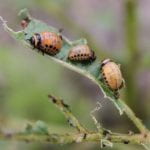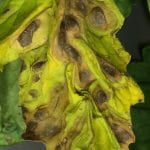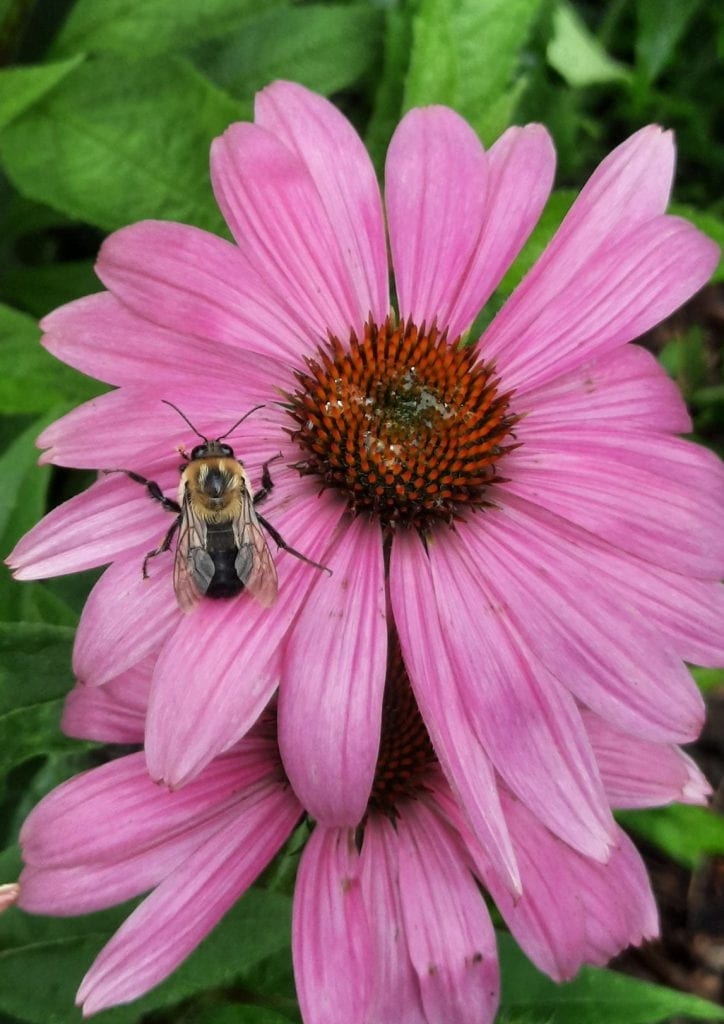By Brooke Moore, New Windsor Senior Master Gardener Volunteer
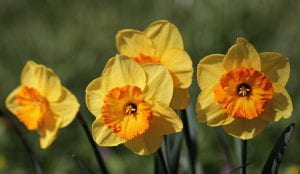
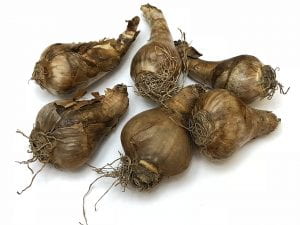
When doing a cost-benefit analysis, there is nothing in gardening that has a greater benefit that planting bulbs in the fall. For minimal cost and labor now, you can have a garden filled with blossoms bursting with color, texture, and fragrance in the spring. All it takes is a little planning, a bit of digging, and some patience to transform your spring garden experience.
The varieties of bulbs that thrive in our region is almost endless and includes something for every color palette, growing condition, and size requirement. Spend a few hours looking through some catalogs, and you will find a good selection of options that will work for your environment.
Bulb Selection
Where to Plant
How to Plant
Bulb Care
Types of Spring Flowering Bulbs
Bulb Selection
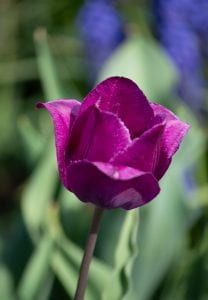 Spring flowering bulbs are usually classified by four basic characteristics: bloom time (early, mid, and late spring), height, bloom form, and color. Depending on your garden aesthetic, one or more of these characteristics will help determine what bulbs are right for you.
Spring flowering bulbs are usually classified by four basic characteristics: bloom time (early, mid, and late spring), height, bloom form, and color. Depending on your garden aesthetic, one or more of these characteristics will help determine what bulbs are right for you.
Catalogs list the growing requirements needed for ideal bloom of every bulb; these include amount of sun, soil type, and planting depth. Keep in mind that areas of your garden that are in partial shade during the summertime may be in full or mostly full sun in the springtime when many plants are still emerging and/or have not yet leafed out. This means that bulbs can be the ultimate companion plant, providing early season interest before being hidden by established perennial plants.
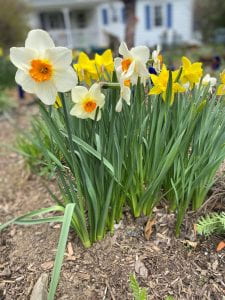 Bulb growers offer mixes based on color, bloom time, and compatible forms. You can also create your own mix by ordering a selection of bulbs and mixing them together. Mixes are often an economical way to have both a variety, and a mix of more expensive bulbs and more common ones. If you have never had any bulbs this is a good way to get started and feel confident in your abilities to grow bulbs.
Bulb growers offer mixes based on color, bloom time, and compatible forms. You can also create your own mix by ordering a selection of bulbs and mixing them together. Mixes are often an economical way to have both a variety, and a mix of more expensive bulbs and more common ones. If you have never had any bulbs this is a good way to get started and feel confident in your abilities to grow bulbs.
Purchasing spring blooming bulbs in advance is the best way to get a good price, but even in the fall there are deals to be found. Most mail order bulbs are imported from Holland; the quality from these well-established retailers is very good. There are also a few USA based bulb producers; if that is important to you, they are worth the search. You can also get unusual colors and forms from specialty growers. Mass marketed bulbs, like those from big box stores, may be smaller but will still bloom and perform well in the garden. Just make sure that the bulbs are not dried out before you buy them.
Where to Plant

Look at your garden and consider if a large intense planting will suit your needs or a more random insertion of bulbs into existing planting is more of an option. Consider expanding the edges of your garden to incorporate bulbs or dividing some of your perennials to open up some space for bulbs. Planting into lawns is another wonderful way to introduce bulbs. Sighting locations from inside your house is a great idea as you want to be able to see your blooming bulbs in the early spring when it may be too cool to be sitting outside.
If you are starting fresh with a larger area that has nothing planted, then a bulb mix will provide the largest number of bulbs for your investment. Most mixes will indicate the approximate space that they will fill. Keep in mind that over time your bulbs will multiply and fill in even more. Most will need some dividing every 4-5 years although some will be shorter lived and will need to be replaced.
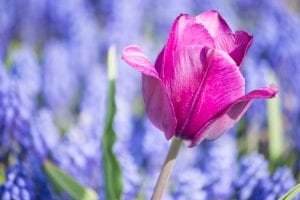 Bulbs can be included as part of a cutting garden as well. Consider using a portion of a flower bed or veggie bed as a way of having lots of spring blooms to bring inside. Sale bags of tulips are a good bet for this, since you will be removing or lifting the bulbs after they bloom.
Bulbs can be included as part of a cutting garden as well. Consider using a portion of a flower bed or veggie bed as a way of having lots of spring blooms to bring inside. Sale bags of tulips are a good bet for this, since you will be removing or lifting the bulbs after they bloom.
Most home gardeners keep their bulbs in the ground from year to year, but many public gardens lift the bulbs after blooming and discard them to provide space to plant annuals. This is an option for home gardeners as well, but it will increase cost and labor as you will need to replant every year. You can plant annuals around your bulbs but be aware that the water needs of annuals may impact the health of the bulbs which do not like nearly as much water as most annuals require.
How to Plant

Bulbs will produce best when planted in direct contact with the soil. If you are doing a large planting, dig the whole area removing the soil, place the bulbs with the tips up and fill around and over them. When digging individual holes be sure that the bottom is wide enough to accommodate the bulb with the base in contact with the soil.
Disturbed ground will attract animals who love to snack on bulbs so placing some chicken wire just below the soil surface can deter digging by small animals.
An informal planting looks most natural so casting the bulbs onto the ground so that there is a random pattern looks better than rigid rows of plants. Bulbs with staggered bloom times can be planted in layers and groupings at the same time—daffodils deepest followed by tulips with crocuses and other small bulbs near the top.
Bulb Care
Most bulbs require very little care. Try and resist cutting back foliage too soon; let it die back naturally so the maximum amount of nutrition will be available for next year’s bloom. A light fertilizing is fine but if you have healthy soil and maintain it over the season you do not need to do anything else. Avoid over-watering them once they have stopped growing.
Types of Spring Flowering Bulbs
The basic spring bulbs, crocuses, daffodils, and tulips, are a great starting place but there are so many other options to consider as well. Each type of plant has several species and hundreds if not thousands of varieties and cultivars to choose from. So let’s look at some of the options that are easy to find and cost effective to introduce to your garden.
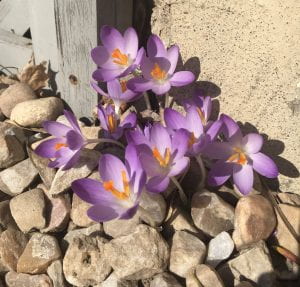 Crocuses
Crocuses
Common crocuses range in size from less than half an inch to over four inches with solid and stripped colors in white, purples, yellows and oranges. Over time they can change in color as they naturalize. Crocuses are an easy bulb to put into lawns; using a mix of bloom times will ensure that your lawn is colorful for weeks.
Daffodils
 Daffodils are a great group of bulbs to begin with. They come in a range of colors from the bright cheery yellow we all know, to soft pinks, stripes, vibrant oranges, greens, and brilliant whites. Large outward facing blossoms are a standard but there are small clusters with contrasting petals and double blossoms as well. In choosing plants think about what other shapes and textures will be a part of the garden. Finding a mix of colors, blossom forms and heights will allow you to mimic other plants in your design and compliment hardscapes. Daffodils will also naturalize well especially in partly shady areas.
Daffodils are a great group of bulbs to begin with. They come in a range of colors from the bright cheery yellow we all know, to soft pinks, stripes, vibrant oranges, greens, and brilliant whites. Large outward facing blossoms are a standard but there are small clusters with contrasting petals and double blossoms as well. In choosing plants think about what other shapes and textures will be a part of the garden. Finding a mix of colors, blossom forms and heights will allow you to mimic other plants in your design and compliment hardscapes. Daffodils will also naturalize well especially in partly shady areas.
Daffodils can be used as deer training plants to protect tender more deer loved plants from browsing. As deer do not like them once they find them at the edge of a bed they move on and leave the lilies and tulips alone.
 Tulips
Tulips
Tulips are probably the best loved bulb worldwide. Loved by deer, these cheerful and graceful plants come in many sizes, colors and heights. From tiny tulips that grow low to the ground to giant Darwin tulips that can tower over other plantings, the colors range from sweet pale pastels to vibrant neons. Large color block plantings are often seen but choosing a color range from light to dark is another dramatic way of using the variety to great design benefit. Again, there are many pre-packaged groupings to get you started.
Blossom form for tulips ranges from classic large to fringed, to doubles, to more petite. Select what works with the other plants around them. An example of this is putting double bloom or parrot tulips amongst peonies, the two flower shapes are similar and so the experience is linked from season to season. The height is also a factor and tulips can range from 8-10 inches to upwards of 24 inches! Read the descriptions carefully and think about what the final result will be. When you are inserting bulbs into existing plantings consider what the other plants will be like at the peak bloom time. You don’t want something to cover up your bulbs when they are in bloom.
Other bulbs to consider

Alliums – a punch of shape and a feast for pollinators
Anemone blanda – sweet, cottagey blooms in pastel colors
Brodiaea spp. – late bloomers that can help bridge to summer perennial blooms, unusual flower forms in blue and purple tones
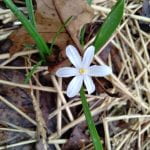
Glory-of-the-Snow (Chionodoxa luciliae) – earliest bloomers, work great in deep shade under trees
Dutch Iris (Iris hollandica) – delicate form and early bloom time makes these a delight in the garden, multi-colored, great addition to a border or a rock garden
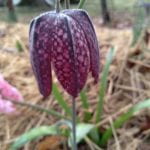
Fritillaria spp. – with the caveat that they are a host for Lilly Leaf Beetles, very diverse group of plants that are dramatic in shape and size
Grape Hyacinth (Muscari spp.) – range of colors, blues, pinks and whites with a few yellows, great edge plants

Hyacinth (Hyacinthus spp.) – not just for potted planting!, huge range of size, color, and fragrance
Lilies – another group of bulbs that should planted in the fall but they deserve their own blog post!
Scilla spp. – early bloomers with white, pink, or purple blooms, deer and rodent resistant, naturalize well
The truth about spring blooming fall planted bulbs is that there are options galore and the only issue is how many you feel you can plant!



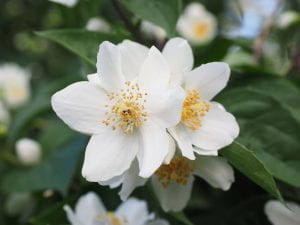 Mock orange shrub (Philadelphus virginalis): This late-blooming deciduous plant provides a stunning citrus fragrance and can be used in groups as screening or as a stand-alone specimen. They also make excellent cut flowers indoors. It’s not a true orange, and its name supposedly derives from the fragrant white flowers which in some varieties resemble that of orange blossoms.
Mock orange shrub (Philadelphus virginalis): This late-blooming deciduous plant provides a stunning citrus fragrance and can be used in groups as screening or as a stand-alone specimen. They also make excellent cut flowers indoors. It’s not a true orange, and its name supposedly derives from the fragrant white flowers which in some varieties resemble that of orange blossoms.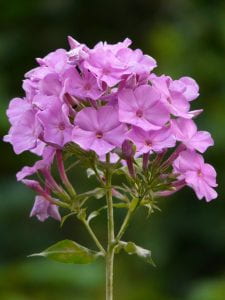 Phlox (Phlox paniculata): This native American wildflower is also known as garden phlox and summer phlox. They are sun-loving perennials with a long flowering season. Phlox are tall-eye-catching plants with large clusters of pink, lavender or white flowers, called panicles. They bloom for several weeks in summer and make excellent cut flowers.
Phlox (Phlox paniculata): This native American wildflower is also known as garden phlox and summer phlox. They are sun-loving perennials with a long flowering season. Phlox are tall-eye-catching plants with large clusters of pink, lavender or white flowers, called panicles. They bloom for several weeks in summer and make excellent cut flowers.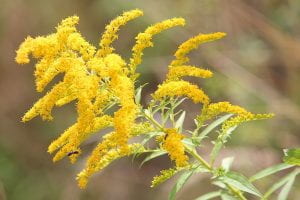 Goldenrods (Solidago spp.): A native to the United States,
Goldenrods (Solidago spp.): A native to the United States, 
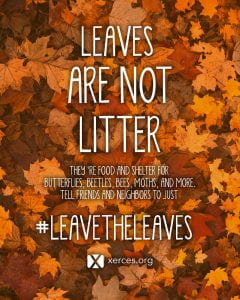
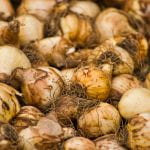
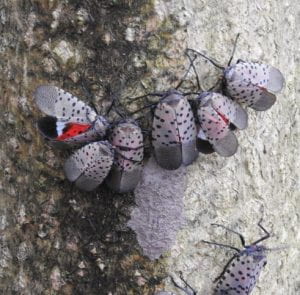



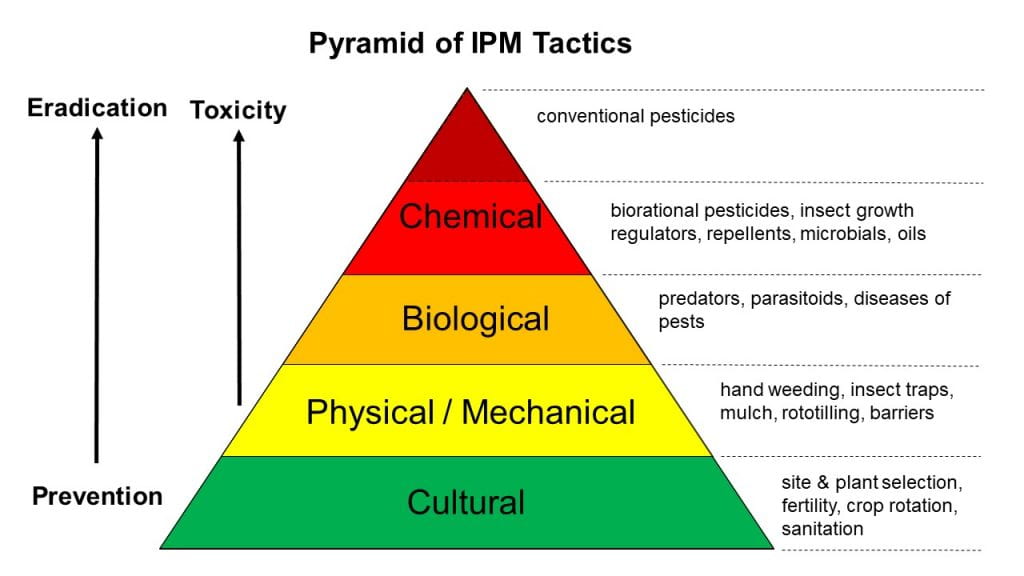
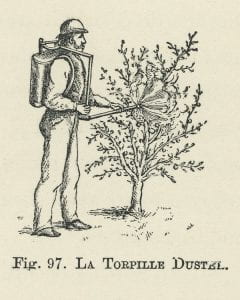 Some of the following strategies include herbicide recommendations. Every effort has been made to provide correct, complete, and up-to-date herbicide recommendations. Nevertheless, changes in herbicide regulations occur constantly and human errors are still possible. These recommendations are not a substitute for herbicide labeling. Please read the label before applying any herbicide. The label is the law!
Some of the following strategies include herbicide recommendations. Every effort has been made to provide correct, complete, and up-to-date herbicide recommendations. Nevertheless, changes in herbicide regulations occur constantly and human errors are still possible. These recommendations are not a substitute for herbicide labeling. Please read the label before applying any herbicide. The label is the law! If you decide to use an herbicide to combat these invaders, timing is key. When applied to a plant, the herbicide glyphosate, one of the most widely used weed killers, will be translocated in the plant’s phloem, which the plant uses to transport sugars and other metabolic products. But the herbicide will only be transported in the direction the plant is moving sugars. For the majority of the season plants are using sugars that they had stored in the rhizomes to grow, meaning that sugars are moving upwards in the plant’s phloem. Only once a plant starts to flower does it begin to store sugars back down in the rhizomes, meaning that sugars are moving downward in the plant and when applied glyphosate will reach the rhizomes. Both Phragmites and Japanese knotweed have extensive rhizomes
If you decide to use an herbicide to combat these invaders, timing is key. When applied to a plant, the herbicide glyphosate, one of the most widely used weed killers, will be translocated in the plant’s phloem, which the plant uses to transport sugars and other metabolic products. But the herbicide will only be transported in the direction the plant is moving sugars. For the majority of the season plants are using sugars that they had stored in the rhizomes to grow, meaning that sugars are moving upwards in the plant’s phloem. Only once a plant starts to flower does it begin to store sugars back down in the rhizomes, meaning that sugars are moving downward in the plant and when applied glyphosate will reach the rhizomes. Both Phragmites and Japanese knotweed have extensive rhizomes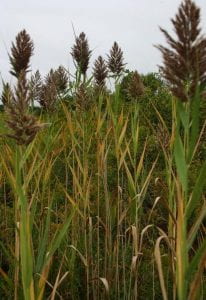 Phragmites, also known as common reed, is a perennial grass that can grow over 15 feet tall. It is commonly found in marsh and wetland areas where it forms dense stands that crowd out native vegetation. These monoculture that do not support the diversity needed for a thriving ecosystem
Phragmites, also known as common reed, is a perennial grass that can grow over 15 feet tall. It is commonly found in marsh and wetland areas where it forms dense stands that crowd out native vegetation. These monoculture that do not support the diversity needed for a thriving ecosystem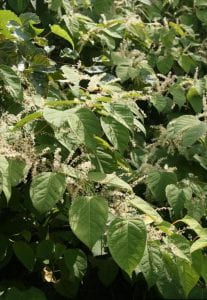 Japanese knotweed is an herbaceous perennial that creates dense thickets that crowd and shade out native vegetation. In the United States rhizomes can reach 30-75 feet in length and are the chief cause of spread. Fragment of stem and rhizome can regenerate new plants. In big storm events pieces of the plant are broken off and transported to new areas, where they can establish new colonies. Finding small plant fragments digging them out and disposing of them properly can go a long way in saving resources, time, and the damage of future infestations.
Japanese knotweed is an herbaceous perennial that creates dense thickets that crowd and shade out native vegetation. In the United States rhizomes can reach 30-75 feet in length and are the chief cause of spread. Fragment of stem and rhizome can regenerate new plants. In big storm events pieces of the plant are broken off and transported to new areas, where they can establish new colonies. Finding small plant fragments digging them out and disposing of them properly can go a long way in saving resources, time, and the damage of future infestations.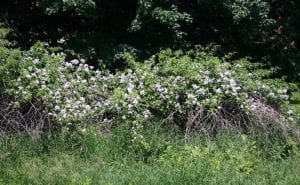 Multifloral Rose is an herbaceous shrub in the rose family (Rosaceae). It has canes or stems) have numerous thorns and can grow up to 15 feet in length and usually arc toward the ground and takes root, a process called layering. This creates dense thickets 6-10 feet tall. After establishment, individuals can increase their size by 1-2 feet a week during midsummer. Multifloral rose has clusters of showy, fragrant white flowers in late May or June. It spreads through seed, root sprouting, and layering. The fruit, known as rose hips, are eaten and dispersed by our feathered friends, and can persist and remain viable in the soil for up to 20 years.
Multifloral Rose is an herbaceous shrub in the rose family (Rosaceae). It has canes or stems) have numerous thorns and can grow up to 15 feet in length and usually arc toward the ground and takes root, a process called layering. This creates dense thickets 6-10 feet tall. After establishment, individuals can increase their size by 1-2 feet a week during midsummer. Multifloral rose has clusters of showy, fragrant white flowers in late May or June. It spreads through seed, root sprouting, and layering. The fruit, known as rose hips, are eaten and dispersed by our feathered friends, and can persist and remain viable in the soil for up to 20 years.


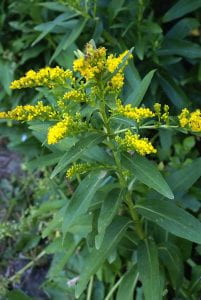
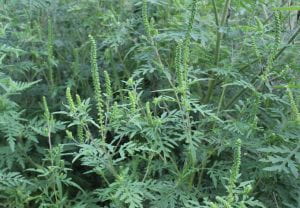
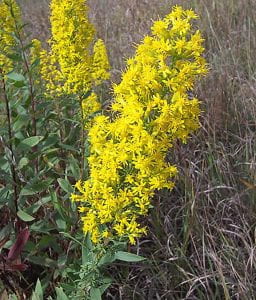
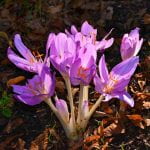
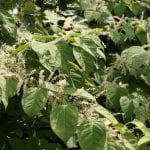
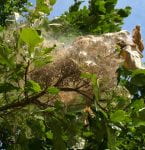
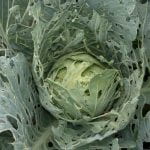

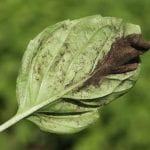


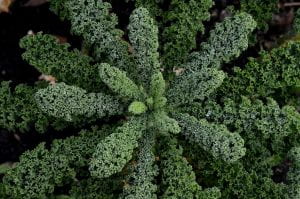
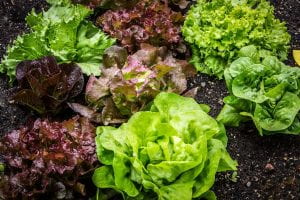

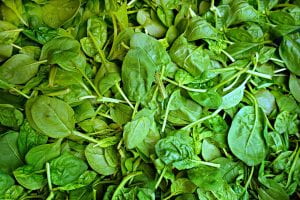

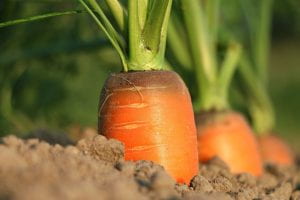

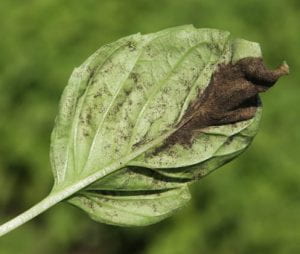
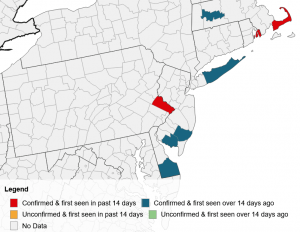
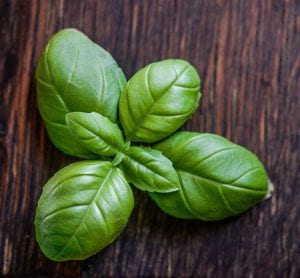

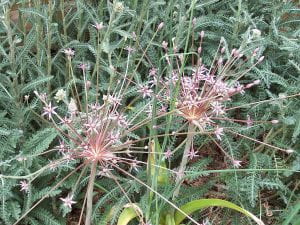


 Keep weeding and mulching.
Keep weeding and mulching. Check your garden for
Check your garden for 